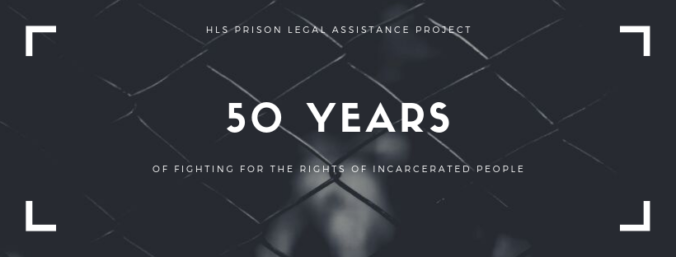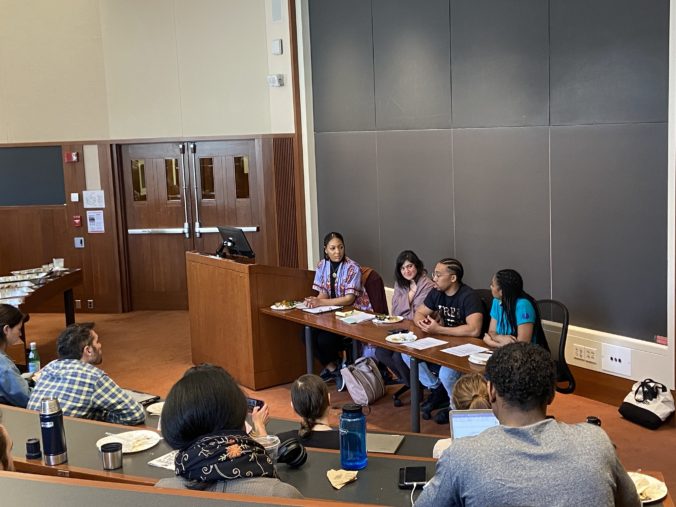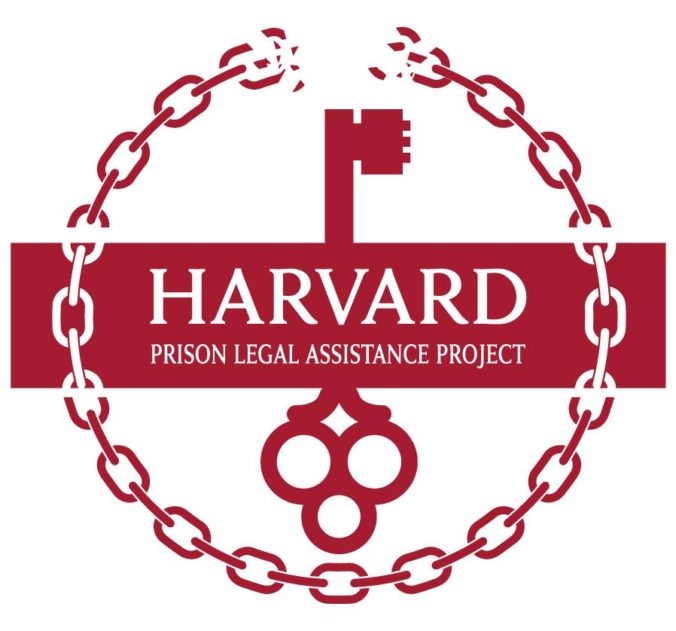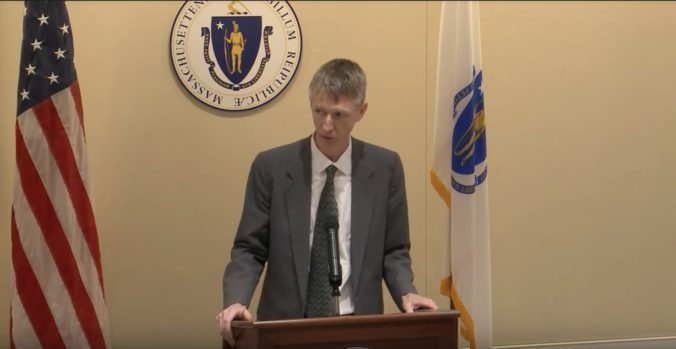By: Megan Corrigan (’22) & Jack Lubin (’22)
Our client is a community organizer, and he is great at what he does. For the past 10 years, he has organized successful celebrations for Black History Month, Kwanzaa, and Juneteenth, as well as information sessions about knowing your legislators and more. He does all of this work from behind the wall of a medium-security prison. Despite the challenges, our client holds popular events with well-known guests, ranging from elected officials to intellectual and religious leaders, as well as community-based nonprofit organizations. They come out to celebrate African American heritage alongside incarcerated people, a rare opportunity for those within and those without to make a meaningful connection.
Not rare enough, evidently, for prison officials. Our client’s events are planned in accordance with prison rules and regulations and, of course, require institutional approval. Two Decembers ago, when planning the popular and highly anticipated annual Kwanzaa Commemoration, our client ran up against ever-shifting institutional boundaries that have by now become commonplace. Over the years, notwithstanding the popularity of these events, the prison assigned them to smaller spaces and reduced the maximum number of attendees. This year’s Kwanzaa Commemoration was no different; the celebration’s capacity would be even more sharply limited than usual.
No explanation was given for the new capacity limits. No claim was made that the larger events of past years were unsafe. A smaller Kwanzaa event would not be safer; it would only be smaller, and less available to people in prison. More people wanted to attend than could be admitted. When several prisoners asked our client why they would not be able to attend the celebration, he informed them of the prison’s decision limiting the size of the room. Understandably, people began to react.
How did they react? There was no riot, no sit-in, no gathering to protest the smaller gathering. Instead, incarcerated people who were left out of the Kwanzaa Commemoration filled out a grievance form and submitted it. The grievance process is designed to field, investigate, and respond to concerns raised by people in prison about the conditions of their confinement. Prisoners are instructed to make their voices heard through this mechanism. The “grievance process,” according to the Massachusetts regulation establishing it, “promotes problem resolution and provides inmates with a means to address their concerns in a responsible manner, thus enhancing skills for successful re-entry”, a lesson aimed at preventing recidivism. In practice, our clients experience a process that mainly offers procedural hurdles and a cursory denial of relief.
Despite their well-founded skepticism, dozens of prisoners who were left out of the Kwanzaa event filed grievance forms about the attendance restrictions. The prison’s response was not to look into ways to accommodate more attendees, or indeed to evaluate the concerns raised at all. It responded by placing our client in solitary confinement. Twelve days later, he was released from solitary confinement but issued a disciplinary report, charging him with “inciting a group demonstration.”
We represented the client at his disciplinary hearing. No evidence of incitement was ever presented, nor was there any group demonstration that our client could be said to have incited. Individuals who had been denied access to the Kwanzaa event registered their disapproval via the grievance process. Thankfully, the hearing officer saw no violation either; our client was found not guilty and avoided further punishment.
We took this case on while taking our first-year criminal law class, in which our professors asked us to consider the purposes that our criminal justice system aims to serve. That question remained on our minds as we prepared for the hearing. What purpose was served by throwing our client into a solitary cell for 12 days? Or by charging him with inciting a group demonstration? Who was made safer? Safer from what?
Prison officials took an assembly designed to educate and uplift its participants, and not for the first time, they limited access to it. Prisoners who were denied entry responded not with shouts or weapons but with pen and paper. They complained in writing, using the designated procedure for resolving complaints. Prison officials interpreted these complaints – a stack of forms – as a “group demonstration,” punished the event organizer for them, and then sought even more punishment.
Why? It seems that in prison, one unwritten rule controls: prisoners will not be treated like human beings. Through that lens, it becomes easier to understand why officials view the act of prisoner expression as such a grave threat – whether an expression and celebration of shared tradition, or the expression of disagreement with a policy. Self-expression humanizes, and humanizing is not part of the mission.
This post is part of a series that highlights the work of PLAP student attorneys defending clients who face discipline for acts of expression.








